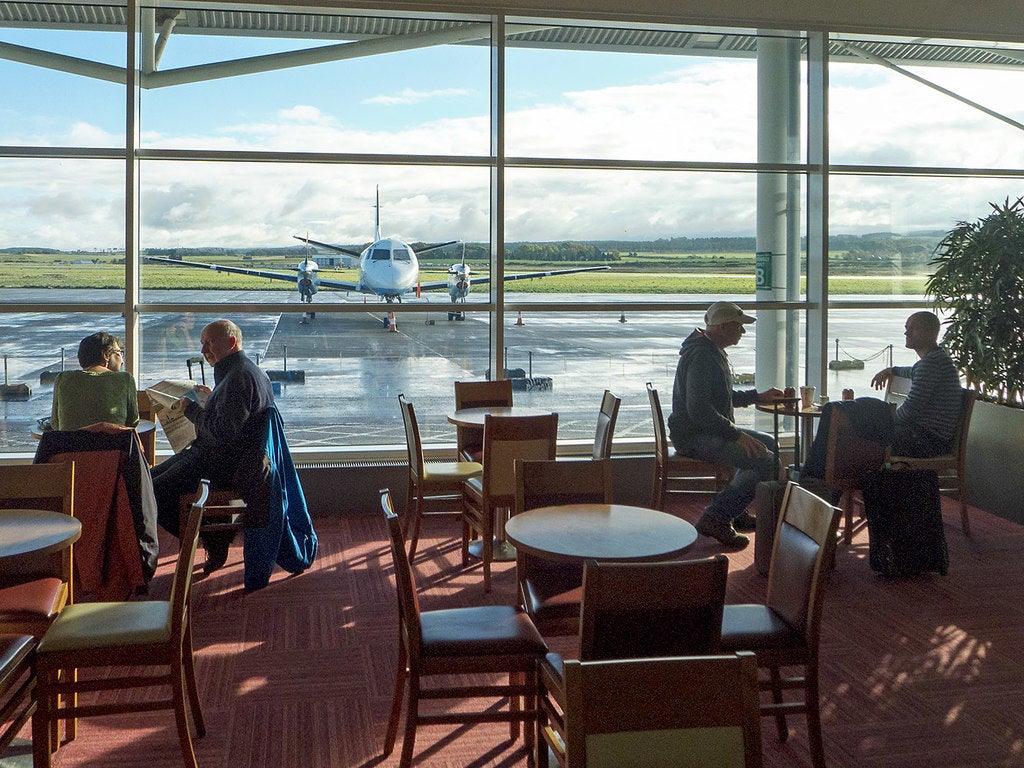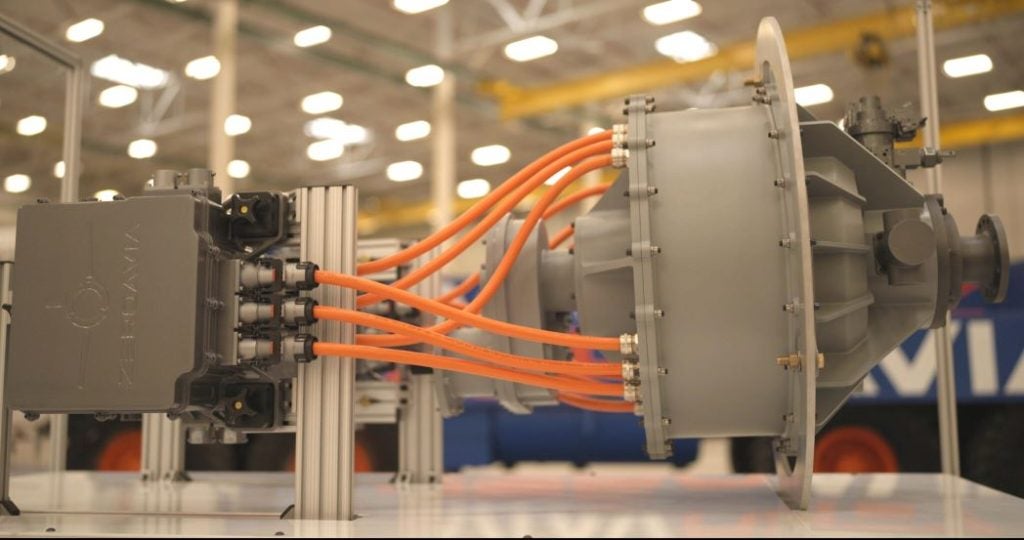
Until relatively recently, few air travellers, even frequent fliers in the know, would have expected to find – or even bothered to look for – healthy, ethnically diverse or locally sourced food at an airport.
A hurried cup of coffee, a stale sandwich or a burger on the way to the boarding gate, perhaps, but when it came to wider societal trends in the food and beverage (F&B) space, airports were somewhat behind the curve.
Now, however, a new generation of tech-literate consumers want their travel experience to begin before they get on the plane, not when they get off it – and a key element of that is airport F&B.
Consultancy Pragma reports annual growth in per passenger spend of up to 15% in some locations, as airport food outlets tap into the worldwide trend for eating out, and operators begin to realise that a diverse and affordable F&B offering comprising both established global brands and more niche, artisanal producers can stand alongside both retail and duty-free as a key revenue stream.
“F&B was almost left behind when airports really started commercialising and we witnessed the wave of improvement in the retail and the duty-free offer,” explains Pragma director Ed Newton.
“F&B was viewed as something of a poor relation, one that doesn’t achieve quite as high sales densities as the luxury, speciality retail stores. It was often placed on the periphery of terminal lounges with the view that if people wanted F&B they would look for it; unfortunately, when they did it was often overpriced and poor quality. Now, as people are more comfortable with eating out, and do so much more frequently, so their expectations of what they want their dining experience to be have increased, forcing airports to improve their F&B offering.
How well do you really know your competitors?
Access the most comprehensive Company Profiles on the market, powered by GlobalData. Save hours of research. Gain competitive edge.

Thank you!
Your download email will arrive shortly
Not ready to buy yet? Download a free sample
We are confident about the unique quality of our Company Profiles. However, we want you to make the most beneficial decision for your business, so we offer a free sample that you can download by submitting the below form
By GlobalData“People today are much vocal, particularly on social media, about a poor food experience. F&B is now very closely linked to passenger satisfaction as they travel through airports.”
Sustainable sustenance: key airport F&B trends
IATA reports that passenger numbers could double to 8.2 billion by 2037, and that on average 50% of passengers are eating and drinking at airports. For an increasing number of them, particularly the young, food provenance is key as they target produce sourced from local, sustainable supply chains.
“The importance of quality, locally sourced food is huge on the high street and many airports want to increase the localisation of their F&B offer as well,” says Newton. “It is important to note that people’s holiday experiences begin and end at the airport, and F&B can help create a unique sense of place and differentiate the experience.
“Those flying out want a final taste and experience of home or with an immersive experience with the local culture through the food; similarly, passengers returning from abroad may crave that last taste of something different or exotic before they return to their everyday lives, or they may want something familiar after being in an environment where it is not available.
“So there is space for trusted global brands such as Costa and Starbucks as well as more artisanal offerings, and airports need to look at who their passengers are and provide for their different dispositions.”
According to Newton, some local brands may lack the expertise to translate their offering into the airport environment and may therefore be operated by large operators such as SSP or HMSHost.
“F&B outlets may have a more artisanal feel, but once you look under the skin you will see a lot of this facilitated by large players that have the experience in operating in this unique environment and that can increase operational efficiency, where time and space are at a premium.”
Sustainability also extends to how airport F&B is packaged and served. Two of Dubai’s main hubs, Dubai International and Dubai World Central, will go plastic-free across their entire F&B offering from 1 January 2020, and airport restaurants must also cater for special dietary requirements.
“Brands are having to adapt their menus in response to the marked increase in both veganism and vegetarianism,” confirms Newton. “Menu options must extend beyond the standard salad to something high-quality and substantial. This can’t be an afterthought – it must be front and centre alongside all other dishes.”
Food for thought: changes in passenger behaviour
The way we behave in airports is also changing. As passenger numbers grow and the demographics become more diverse, people are shopping less, and instead want to go and find somewhere where they can consume.
F&B space has thus increased and outlets now play the role of airport lounges, with passengers choosing to catch up with emails, watch Netflix or browse retail websites on their smartphones or tablets from the comfort of Pret a Manger, Wagamamas, or a local themed bar.
“In the past, airports were a place to kill time, and people would browse the shops or read a book in general seating areas,” says Newton. “Now, people are much happier setting up shop in a cafe or a coffee shop. They consume much more media and they want a comfortable space in which to do that. For many people, it is much more convenient to have their ‘desk’ at a table in Starbucks.”
Restaurants tend to require larger spaces and thus drive slightly lower sales densities than high-end retail and duty-free. However, while many airports have witnessed flat or even declining retail and duty-free spend per passenger, F&B is growing, reactivating other commercial environments by encouraging passengers to dwell there. Newton also expects to see increased integration of F&B and retail.
“I don’t think it will be too long before we see F&B and retail in the same unit,” he says. “Duty-free may evolve the existing tasting bars where you can try brands in the shop; for example, to a full-on cocktail making experience in the store, where you can then pick up a few bottles afterwards. As we become more experience-driven, people want to buy flavours and not just stuff to remind them of their trip – especially if they don’t travel often.”
Get smart: The future of airport F&B
Newton cities two airports as examples of how F&B done right can benefit both passengers and the airport’s bottom line.
“The Chef Market at Millan Malpensa has the right feel for a modern airport, in that it has brought that more authentic food market feel that everyone loves as opposed to a traditional food court,” he says. “Similarly, the Marquette at Dublin Airport is a great example of what you can do with quality food presented in a fresh way. It shouts higher quality and whenever I pass through it is full.”
I conclude by asking Newton to discuss some key airport F&B trends that he expects to see emerging in the short to mid-term, starting with digital media and the advent of mobile ordering at the gate.
“The take-up of mobile ordering via a smartphone and dark kitchens is still relatively low and I don’t think any single airport or provider has quite nailed it,” he states. “Then there is the likes of Deliveroo and Uber Eats, which are being trialled at a number of airports. Again, I don’t think it has really taken off just yet.
“The way that airport contracts are set up means it is [a] slow evolution,” he continues. “However, you will definitely see the quality and diversity of the F&B offer continue to improve. People are going to start thinking beyond the brands a lot more.”





